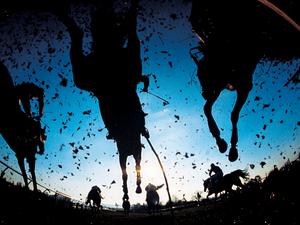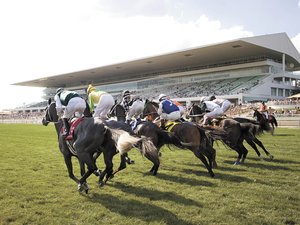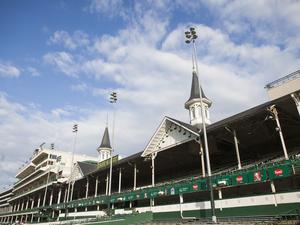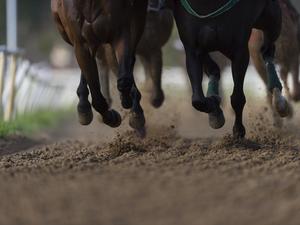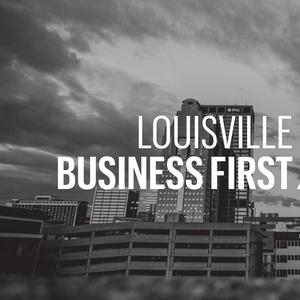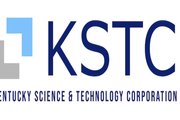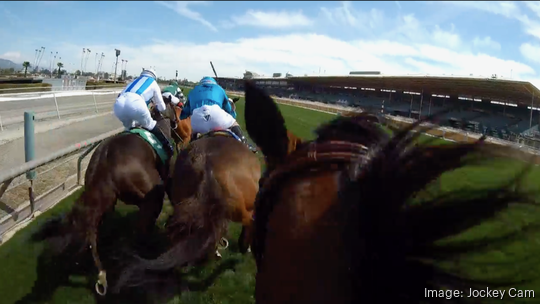
Nathan Horrocks has been fascinated by the beauty of both horse racing and videography as long as he can remember, so marrying the two worlds together in an innovative way came natural to him.
His startup, though, Jockey Cam, did not form from a traditional pain point as much as of a desire — shared by his co-founders — to create empathy between a rider and the spectator.
As a former jockey for about 10 years in the European circuits, the England native realizes that one of the main differentiators between horse racing and many other sports is that not many people have been able to get behind a pair of jockey goggles.
“Not every one of us has [sat] on a racehorse at 45 miles per hour and stood on six inches of carbon fiber [making] split-second decisions, so the easiest way of doing that is actually showing it from that point of view,” Horrocks told me. “It’s very hard to understand the nuances of a race and also the action that happens in the race.”
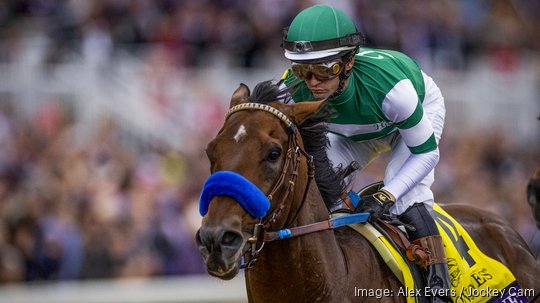
A full lineup
When I recently spoke with Horrocks, he was in Lexington, Kentucky, in the midst of a series of meetings with jockeys and others at Keeneland to make sure that the equipment — and all the other moving parts — is running smoothly at the track. At the time, Jockey Cam was having jockeys wear its extremely light cameras for races at Keeneland and Oaklawn Racing Casino Resort in Arkansas.
This year alone, Jockey Cam will do 311 live race days at tracks for the simulcast capabilities of FanDuel TV (formerly known as TVG) — as well as an additional 10 days for NBC Sports.
That includes all of the races for the Thursday, Friday and Saturday coverage of the 149th edition of Kentucky Derby weekend, as well as the Friday and Saturday of the Breeders’ Cup at Santa Anita Park in Southern California, the Preakness Stakes at Pimlico Race Course in Maryland and, possibly, the Belmont Stakes at Belmont Park in New York — if there is a Derby winner who is going for the Triple Crown.
Horrocks said, as it stands now, his company can only have two live cameras placed on jockeys per race.
“And that’s not because of tech. It’s just frequencies,” said Horrocks, who added NBC will have approximately 85 cameras set up for the Derby.
“It’s just another cameraman out there … It’s another way of the director who’s directing the NBC show that goes out to the world — it’s another camera angle for him to use to help tell the narrative of the race.”
Given that there are only two cameras that can be used at once, choosing what jockey gets to use them involves a certain amount of strategy where they try to pick the horses that “[give] us the best angle.”
“Ideally, it's not one that just goes off in front and stays in front, you don't really see anything, Horrocks said. “It’s about helping the audience understand the narrative of the race.”
He added: “If we picked the winner every time. We wouldn’t be doing this. We’d be living on our yacht in Barbados.”
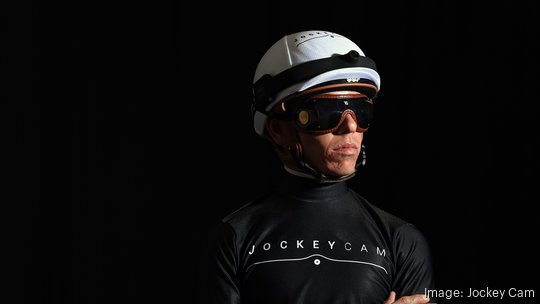
Across the pond
Although Horrocks lives in Northern California, Jockey Cam is based out of Monmouthshire in Wales, which is also the home of Equine Productions, where he has served as the visual director for more than 11 years. The company’s other two co-founders also work there.
Jockey Cam began as a spinoff operation of the company in 2015 at The Grand National at Aintree Racecourse in Liverpool, England.
The idea came to Horrocks about eight years earlier after he experimented with a much larger early version of the popular GoPro camera while skiing in the Alps. It took years to make a camera that would be small and unobtrusive for jockeys.
Jockey Cam made its U.S. debut two years later in 2017 Breeders’ Cup at Del Mar with famed jockey Mike Smith wearing the tiny camera, which weighs a mere 75 grams (or 2.6 ounces), but still delivers 1080p high-definition video.
The company first came to Kentucky in 2018 to work some of the opening meets of Keeneland, using that as a testing ground for the 2018 Breeders’ Cup at Churchill Downs, where after a successful weekend, Horrocks would later meet his now wife — a native of Lafayette, Indiana, who was in town from the race — at Howl at the Moon at Fourth Street Live in Downtown Louisville.
Jockey Cam also has additional local connections, as two of the company’s eight employees reside in the Louisville metro area.
Horrocks began our conversation talking about Jockey Cam’s new virtual reality (VR) experience, which originally started a year ago in England but debuted in the U.S. at last year’s Breeder’s Cup in Keeneland.
Wearing VR headsets, patrons can take part in a pre-recorded, choreographed race at one of the famed tracks in which they can choose one of seven horses. The participants do not know who will win the race, creating excitement until the race’s conclusion.
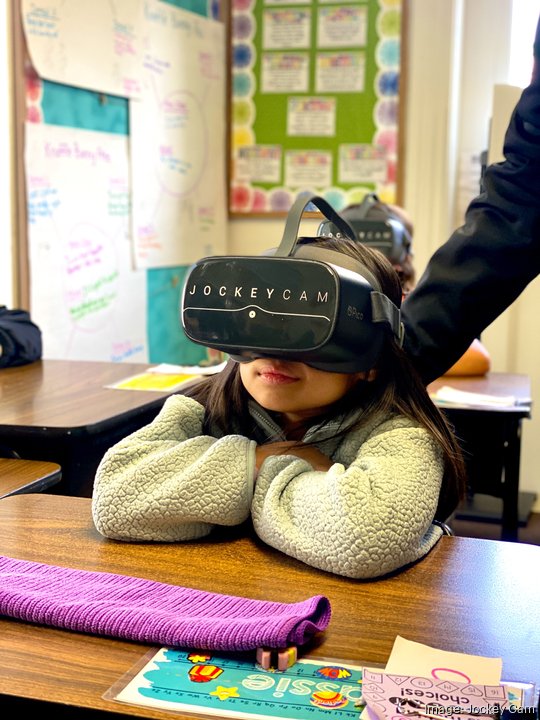
“It’s so cool. And they all just lose their minds like, ‘I’m in third!’ or ‘I’m last’ or “Mine’s moving now!,” Horrocks said. “It's a really cool concept to help engage new fans, but also, to give everybody the feeling of what it’s physically like to ride a horse, because you can look wherever you want to look.”
Horrocks said the new experience should be available at the Kentucky Derby in 2024.
Ultimately, Horrocks and his team want the selective immersion that comes with VR experience to be part of the regular course of events for horse racing spectators — similar to a way a viewer can pick a driver to view a Formula One race through a “Driver’s Eye” helmet cam through the organization’s F1 TV.
”One day, you'll be able to go on the NBC app, or the Churchill Downs app, or your TV or on the simulcast and choose which rider to ride with,” he said. “That’s the goal.”
